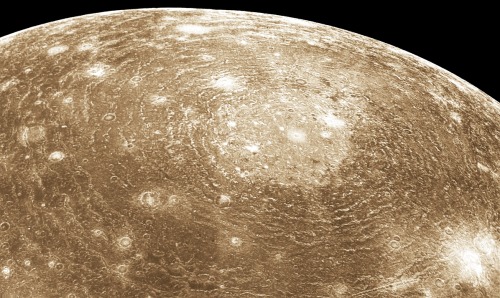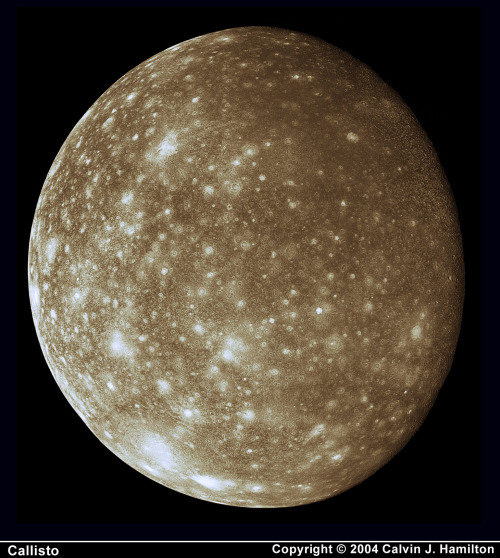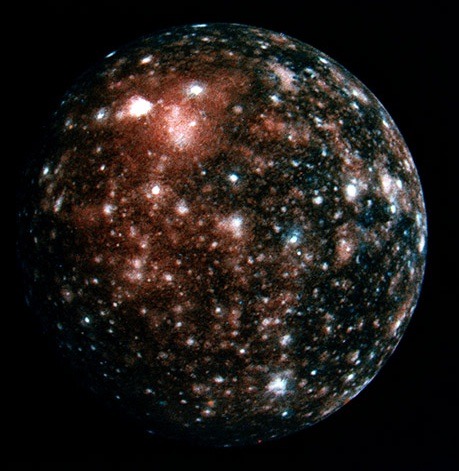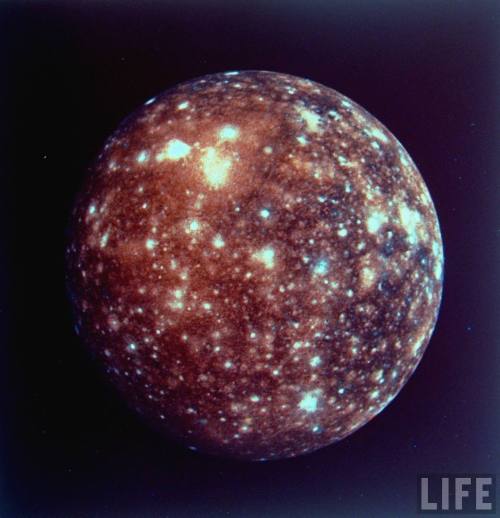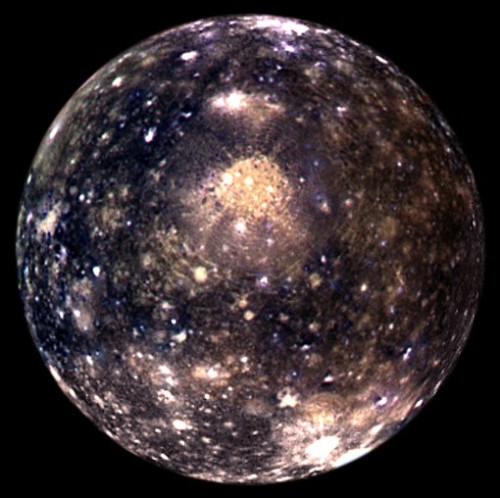What Is So Special About The Solar Eclipse To You??
What is so special about the solar eclipse to you??
Huh, that’s a very good question and I probably answer it differently each time I get asked it. I love the fact that in totality you can see the solar atmosphere and get a chance to see the magnetic field structure of the Sun. This is something that you can’t normally do. I also love the idea that we’re going to be able to test a bunch of ionospheric models with the help of citizen scientist! This again is a very unique opportunity! But probably the thing that seems so special about this particular eclipse is seeing how excited everyone is about it! Most days I sit in my office working on my science (which I think is the best science and most interesting thing in the world- but I’m probably biased about that) and not too many other people in the world are all that excited about it. But with the eclipse, I get to share how cool this science is, and it’s amazing to see everyone get involved!
More Posts from Fillthevoid-with-space and Others
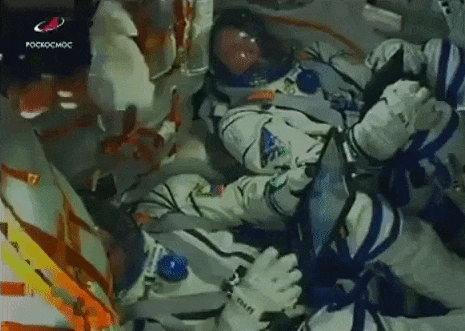
Soyuz MS-10 experiences launch anomaly; crew aborts to safe landing.
One of Russia’s most reliable launchers experienced a rare, in-flight anomaly earlier this morning, forcing the two-man crew of Soyuz MS-10 to abort the mission.
Following a normal liftoff at 4:40am EST (2:40pm local time), a malfunction in the Soyuz FG rocket two minutes into the flight forced Expedition 57 crewmembers Alexey Ovchinin and Nick Hague to abort a manual abort profile. The anomaly occurred immediately following the separation of the rocket’s four strap-on boosters and jettisoning of the Launch Escape System. However, the protective fairing covering the spacecraft during flight through the thick atmosphere was still on, and solid rocket motors attached to the fairing pulled the crew capsule away from the failing booster. Following a ballistic trajectory through the upper atmosphere, the Soyuz’s Descent module separated from the Orbital Module and payload fairing and descended to a safe landing 20 kilometers east of Zezkezhan, Kazakhstan, 34 minutes after launch. Roscosmos reported that the crewmembers experienced around seven times the force of gravity, or 7G’s, during their abort.
Recovery forces reached the landing site immediately following touchdown. Both astronauts were reported to be in good health following their ordeal, and returned to their families at the Baikonur launch site around six hours after liftoff.

Recovery forces at the Soyuz MS-10 emergency landing site. Source: Ruptly.

Soyuz MS-10 crewmembers Alexey Ovchinin and Nick Hague embrace their families following their return to the Baikonur Cosmodrome after today’s launch mishap. Credit: NASA/Bill Ingalls. This marks the first crewed launch mishap of the International Space Station program, the first crewed launch mishap since the Challenger disaster in 1986, and the first crewed Soyuz launch malfunction since Soyuz T-10 in 1983.
That incident saw the two-man crew of Vladimir Titov and Gennady Strekalov abort away from their exploding rocket shortly before its scheduled liftoff time. While no cause of the mishap is currently known, Russian authorities have begun an investigation of the incident and have temporarily grounded all future Soyuz flights. The current three-member crew of Expedition 57 is slated to return to Earth December 13, followed by the launch of Expedition 58 December 20. Following today’s anomaly, it is unclear whether Expedition 57 will remain on orbit longer, or when the next crew will launch to the station. Expedition 57 is able to remain on orbit until early January, when their Soyuz reaches its certified orbital lifetime.

Expedition 57 commander Alexander Gerst captured this image of the Soyuz MS-10 launch from the International Space Station. The anomalous nature of the launch is evidenced by multiple points of light along the ascent path. Source: NASA. Watch NASA TV coverage of the Soyuz MS-10 launch below.
P/c: NASA.

Stargazing is a difficult task, especially under adverse weather conditions, but human beings have also made it much harder for ourselves with all these pesky electrical lights and such. Light pollution affects vast swathes of inhabited land, but the introduction of Dark Sky Reserves helps to improve observational conditions for amateur and professional astronomers. Today, you get to hear more about Dark Sky Reserves as well as the Bortle Scale, which is used to judge the amount of light pollution affecting stargazing within an area.
Below the cut are my sources, music credits, a vocab list, and the transcript of this episode. Suggest what you think I should research next by messaging me here, tweeting at me at @HDandtheVoid, or asking me to my face if you know me. Please subscribe on iTunes, rate it and maybe review it, and tell friends if you think they’d like to hear it!
(My thoughts on the next episode are space race history, the transit of Venus, Shen Kuo, or Walter Baade. The next episode will be up on December 18th.)
Glossary
airglow - a very faint, bluish, naturally occurring glow that hangs around the horizon on Earth, usually within about 15 degrees of the horizon line.
Bortle Scale - an objective scale to measure the clarity and effect of light pollution on a night’s stargazing. Black and grey zones are the best for stargazing, blue is for rural skies, green and yellow are the rural/suburban transition zone, orange is the suburban sky, red is bright suburbia, and white is for cities and inner cities.
deep-sky object - any cosmological object that isn’t individual stars or something from our Solar System. It’s a classification that includes nebulae, galaxies, and star clusters, and it has its roots in amateur astronomy.
ecliptic - the path of the Sun across the sky over the course of a year.
gegenschein - a faint brightening in the night sky directly opposite the Sun. Astronomers think it’s caused by the reflection of sunlight off of dust ejected by comets or resulting from asteroid destruction.
light pollution - the excessive, misdirected, or intrusive use of artificial, human-made lighting. There are several major types of light pollution:
glare - when too-bright and poorly directed lights blind people.
light trespass - when neighboring lights are so bright that their light spills over and illuminates others’ property.
overillumination - when excessive lights are used in a small area.
skyglow - the visible glow caused by light scattering and reflecting off of the droplets of atmospheric molecules.
lumen - a measurement of a light’s brightness.
magnitude - the measurement of a star’s brightness as seen from Earth. The brighter it is, the lower its magnitude value. Ex. the Sun has an apparent magnitude of -27.
Messier object - a deep-sky object included on a list of 103-110 deep-sky objects made by Charles Messier and his colleagues in the 18th century in an attempt to prevent fuzzy, bright objects from being confused with comets.
zodiacal light - a faint brightening in the night sky along the ecliptic that results from sunlight scattered forward off dust in the direction of the Sun.
Transcript
Sources
Sodium lamp light pollution reduction effects via Flagstaff Dark Skies Coalition
Types of light pollution via the British Astronomical Association’s Campaign for Dark Skies, 2009
Light pollution via Sky and Telescope, Dec 2008
The World Atlas of Artificial Night Sky Brightness via the Light Pollution Science and Technology Institute
Lumens and watts via Lowes
UNESCO World Heritage Site list
Invention of the light bulb via SPS Industrial
Lightbulb components via CIO
Walter Baade bio via the Royal Astronomy Society of Canada
International Dark-Sky Association
“An IDA International Dark Sky Reserve is a public or private land possessing an exceptional or distinguished quality of starry nights and nocturnal environment that is specifically protected for its scientific, natural, educational, cultural, heritage and/or public enjoyment. Reserves consist of a core area meeting minimum criteria for sky quality and natural darkness, and a peripheral area that supports dark sky preservation in the core. Reserves are formed through a partnership of multiple land managers who have recognized the value of the natural nighttime environment through regulations and long-term planning.”
“The core area must provide an exceptional dark sky resource, relative to the communities and cities that surround it, where the night sky brightness is routinely equal to or darker than 20 magnitudes per square arc second.”
John Bortle’s article on his magnitude scale via Sky and Telescope, July 2006
“I have created a nine-level scale. It is based on nearly 50 years of observing experience. I hope it will prove both enlightening and useful to observers — though it may stun or even horrify some! Should it come into wide use, it would provide a consistent standard for comparing observations with light pollution.”
John E. Bortle receives the Leslie C. Peltier Award in 2013 via the Astronomical Society
Bortle dark sky scale via Big Sky Astronomy Club
Bortle dark sky scale via LSU
Gegenschein via Sky and Telescope, Oct 2015
Messier List via Fred Espenak’s website, Astropixels
Caldwell List via Students for the Exploration and Development of Space (SEDS)
Intro Music: ‘Better Times Will Come’ by No Luck Club off their album Prosperity
Filler Music: ‘New Son/Burnt Iron’ by Trampled by Turtles off their album Palomino
Outro Music: ‘Fields of Russia’ by Mutefish off their album On Draught


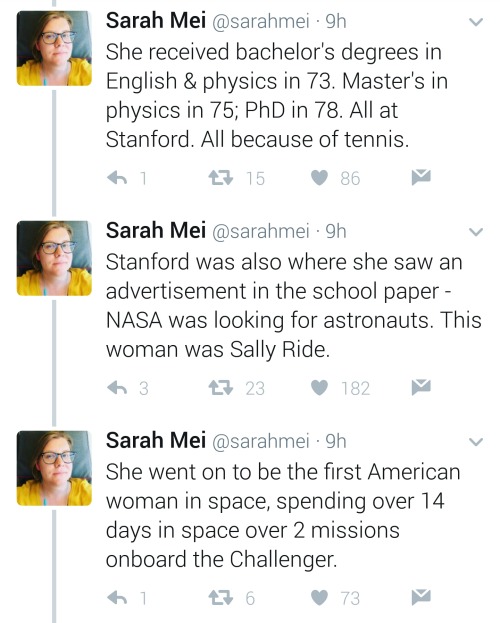
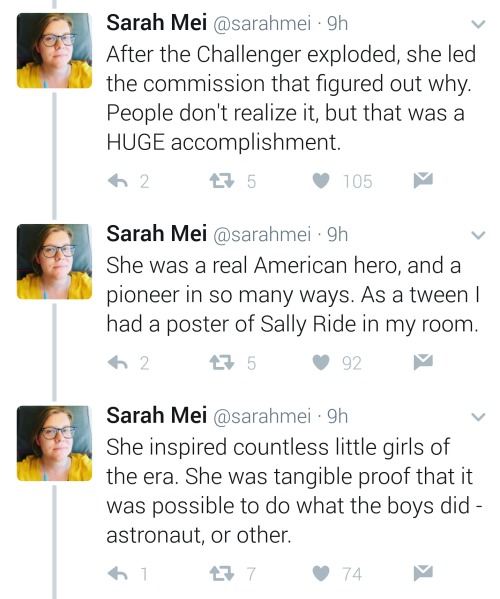
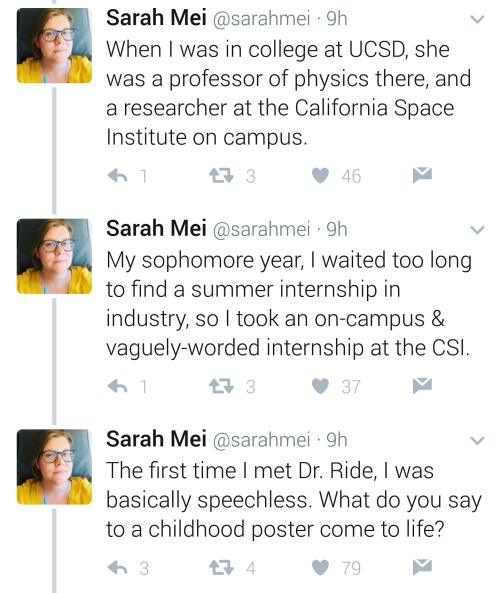
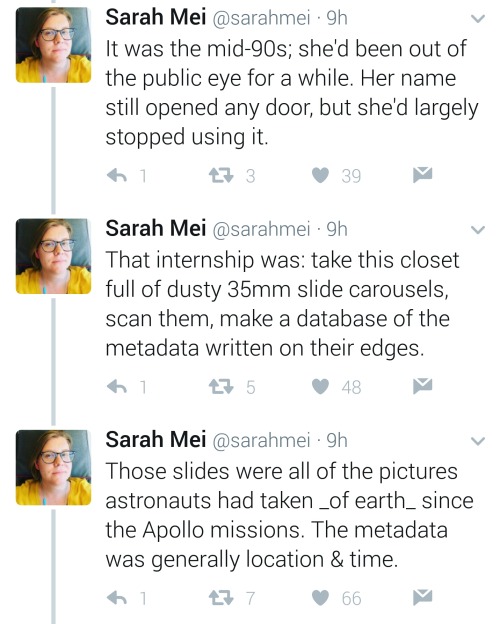
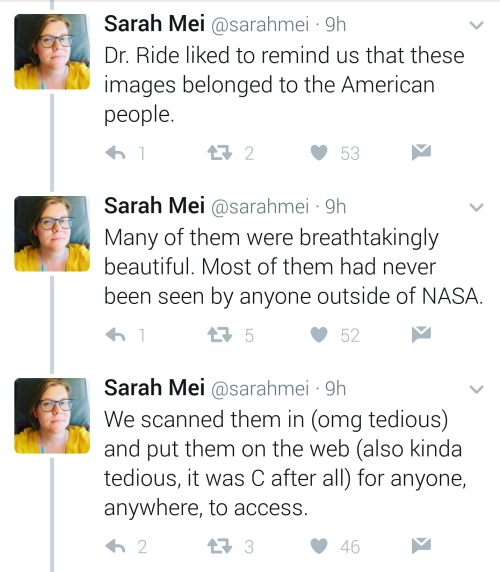
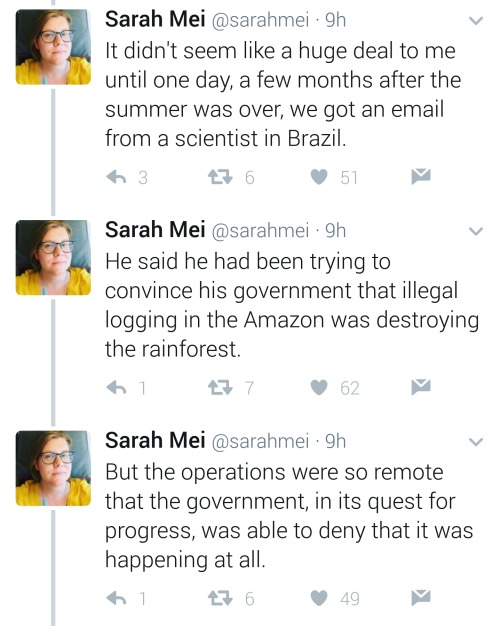
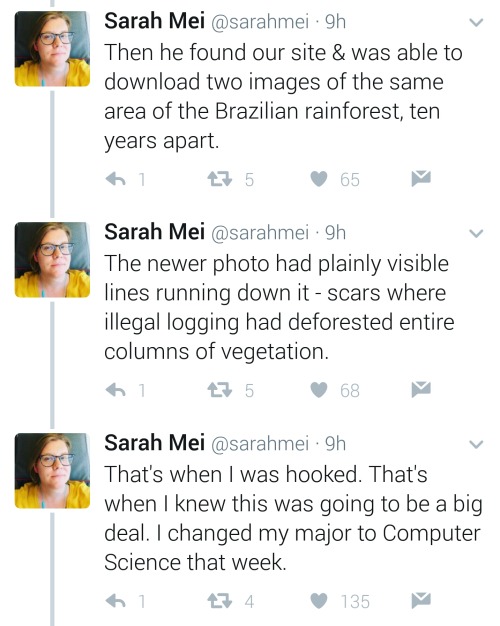
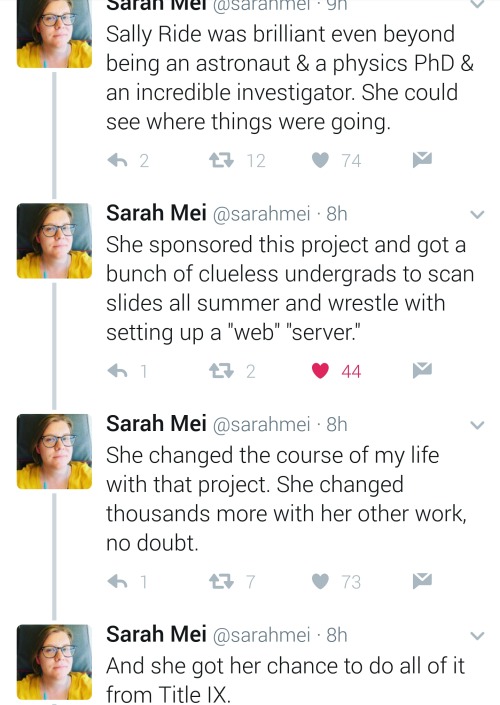
Equal opportunity benefits can be far-reaching
https://twitter.com/sarahmei/status/818682610712866817
September 15
This one is technically not yet history, because at the time of posting, the little craft has about half an hour left to go. That said, let’s proceed.
In 2017, NASA’s Cassini space probe ended its twenty-year mission at Saturn. After a nearly-seven-year-long journey there, it orbited the ringed planet for 13 years and just over two months, gathering copious amounts of information about the planet, said rings, and many of its moons. It landed an ESA probe called Huygens on Titan, the first-ever soft landing in the outer Solar System. It discovered lakes, seas, and rivers of methane on Titan, geysers of water erupting from Enceladus (and passed within 50 miles of that moon’s surface), and found gigantic, raging hurricanes at both of Saturn’s poles.
And the images it returned are beautiful enough to make you weep.
On this day in 2017, with the fuel for Cassini’s directional thrusters running low, the probe was de-orbited into the Saturnian atmosphere to prevent any possibility of any contamination of possible biotic environments on Titan or Enceladus. The remaining thruster fuel was used to keep the radio dish pointed towards Earth so the probe could transmit information about the upper atmosphere of Saturn while it was burning up due to atmospheric friction.
This is us at our best. We spent no small amount of money on a nuclear-powered robot, launched it into space, sent it a billion miles away, and worked with it for two decades just to learn about another planet. And when the repeatedly-extended missions were through, we made the little craft sacrifice itself like a samurai, performing its duty as long as it could while it became a shooting star in the Saturnian sky.

Rhea occulting Saturn

Water geysers on Enceladus

Strange Iapetus

Look at this gorgeousness

A gigantic motherfucking storm in Saturn’s northern hemisphere

Tethys

This image is from the surface of a moon of a planet at least 746 million miles away. Sweet lord

Mimas

Vertical structures in the rings. Holy shit

Titan and Dione occulting Saturn, rings visible

Little Daphnis making gravitational ripples in the rings

That’s here. That’s home. That’s all of us that ever lived.

Saturn, backlit

A polar vortex on the gas giant

Icy Enceladus
(All images from NASA/JPL)
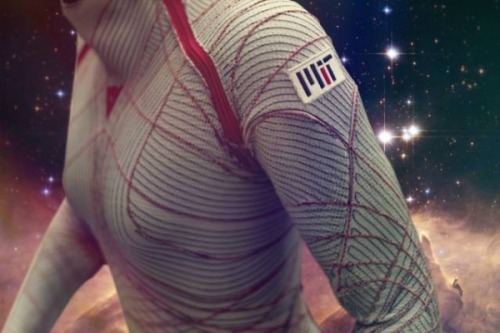
Next Generation Spacesuit like Second Skin
Scientists from MIT have designed a next-generation spacesuit that acts practically as a second skin, and could revolutionize the way future astronauts travel into space. (Photo : Jose-Luis Olivares/MIT)
Astronauts are used to climbing into conventional bulky, gas-pressurized spacesuits, but this new design could allow them to travel in style. Soon they may don a lightweight, skintight and stretchy garment lined with tiny, muscle-like coils. Essentially the new suit acts like a giant piece of shrink-wrap, in which the coils contract and tighten when plugged into a power supply, thereby creating a “second skin.”
“With conventional spacesuits, you’re essentially in a balloon of gas that’s providing you with the necessary one-third of an atmosphere [of pressure,] to keep you alive in the vacuum of space,” lead researcher Dava Newman, a professor of aeronautics and astronautics and engineering systems at MIT, said in astatement.
“We want to achieve that same pressurization, but through mechanical counterpressure - applying the pressure directly to the skin, thus avoiding the gas pressure altogether. We combine passive elastics with active materials. … Ultimately, the big advantage is mobility, and a very lightweight suit for planetary exploration.”
Newman, who has worked for the past decade on a design for the next-generation spacesuit, describes the new garment in detail in the journal IEEE/ASME: Transactions on Mechatronics.
The MIT BioSuit’s coils, which are a main feature of the outfit, are made from a shape-memory alloy (SMA). At a certain temperature, the material can “remember” and spring back to its engineered shape after being bent or misshapen.
Skintight suits are not a novel idea, but in the past scientists have always struggled with the question: how do you get in and out of a suit that is so tight? That’s where the SMAs come in, allowing the suit to contract only when heated, and subsequently stretched back to a looser shape when cooled.
Though the lightweight suit may not seem at first like it can withstand the harsh environment that is outer space, Newman and his colleagues are sure that the BioSuit would not only give astronauts much more freedom during planetary exploration, but it would also fully support these space explorers.
Newman and his team are not only working on how to keep the suit tight for long periods of time, but also believe their design could be applied to other attires, such as athletic wear or military uniforms.
“An integrated suit is exciting to think about to enhance human performance,” Newman added. “We’re trying to keep our astronauts alive, safe, and mobile, but these designs are not just for use in space.”
How much of a daily threat is "Space junk"?
Good question, as this is a serious issue and one which we must monitor constantly in order to avoid harmful impacts on the International Space Station with objects in space. For example, the US Space Command in Colorado is monitoring all objects bigger than a few inches in order to assess any potential impact with the Space Station. We categorize the chance of impact and if there is a high probability, we will actually use thrusters to slightly change the position of the Space Station to avoid the impact. If it is something that we are unable to avoid, we will have the astronauts shelter in place in their spacecrafts and in case of a catastrophic impact, they will return to Earth.
-
 john-erby liked this · 3 years ago
john-erby liked this · 3 years ago -
 soupwife liked this · 3 years ago
soupwife liked this · 3 years ago -
 maxjasm liked this · 3 years ago
maxjasm liked this · 3 years ago -
 toc1n0 liked this · 4 years ago
toc1n0 liked this · 4 years ago -
 fandomstalker27 liked this · 4 years ago
fandomstalker27 liked this · 4 years ago -
 barbedwireandfences liked this · 4 years ago
barbedwireandfences liked this · 4 years ago -
 hisokasbungeec-g-um liked this · 4 years ago
hisokasbungeec-g-um liked this · 4 years ago -
 newspapergatory liked this · 4 years ago
newspapergatory liked this · 4 years ago -
 souless6 liked this · 4 years ago
souless6 liked this · 4 years ago -
 2reputationpegacorns liked this · 4 years ago
2reputationpegacorns liked this · 4 years ago -
 ydueyeeggsist reblogged this · 4 years ago
ydueyeeggsist reblogged this · 4 years ago -
 ydueyeeggsist liked this · 4 years ago
ydueyeeggsist liked this · 4 years ago -
 rock-hard-oatmeal liked this · 4 years ago
rock-hard-oatmeal liked this · 4 years ago -
 endomuxh liked this · 4 years ago
endomuxh liked this · 4 years ago -
 partyynextdoorr reblogged this · 4 years ago
partyynextdoorr reblogged this · 4 years ago -
 partyynextdoorr liked this · 4 years ago
partyynextdoorr liked this · 4 years ago -
 aoutrageous liked this · 4 years ago
aoutrageous liked this · 4 years ago -
 worcestershire-sauce reblogged this · 4 years ago
worcestershire-sauce reblogged this · 4 years ago -
 maximumskeletonpeanutpickle liked this · 4 years ago
maximumskeletonpeanutpickle liked this · 4 years ago -
 alcacira liked this · 4 years ago
alcacira liked this · 4 years ago -
 kohinoors liked this · 4 years ago
kohinoors liked this · 4 years ago -
 apherod liked this · 4 years ago
apherod liked this · 4 years ago -
 thebctman reblogged this · 4 years ago
thebctman reblogged this · 4 years ago -
 thebctman liked this · 4 years ago
thebctman liked this · 4 years ago -
 bloblikesbleh liked this · 4 years ago
bloblikesbleh liked this · 4 years ago -
 the-shooting-star liked this · 4 years ago
the-shooting-star liked this · 4 years ago -
 junkthoughtsposts liked this · 4 years ago
junkthoughtsposts liked this · 4 years ago -
 cosmofrog liked this · 5 years ago
cosmofrog liked this · 5 years ago -
 small-softmin liked this · 7 years ago
small-softmin liked this · 7 years ago -
 aquariana131 liked this · 7 years ago
aquariana131 liked this · 7 years ago -
 jacelys reblogged this · 7 years ago
jacelys reblogged this · 7 years ago -
 why-not-nature reblogged this · 7 years ago
why-not-nature reblogged this · 7 years ago -
 girlfromthemovies reblogged this · 7 years ago
girlfromthemovies reblogged this · 7 years ago -
 girlfromthemovies liked this · 7 years ago
girlfromthemovies liked this · 7 years ago -
 moenus reblogged this · 7 years ago
moenus reblogged this · 7 years ago -
 lxlteo liked this · 7 years ago
lxlteo liked this · 7 years ago -
 rjpetsupplies-blog liked this · 7 years ago
rjpetsupplies-blog liked this · 7 years ago -
 krekdon liked this · 7 years ago
krekdon liked this · 7 years ago -
 ntbtrsyixx liked this · 7 years ago
ntbtrsyixx liked this · 7 years ago
A podcast project to fill the space in my heart and my time that used to be filled with academic research. In 2018, that space gets filled with... MORE SPACE! Cheerfully researched, painstakingly edited, informal as hell, definitely worth everyone's time.
243 posts



